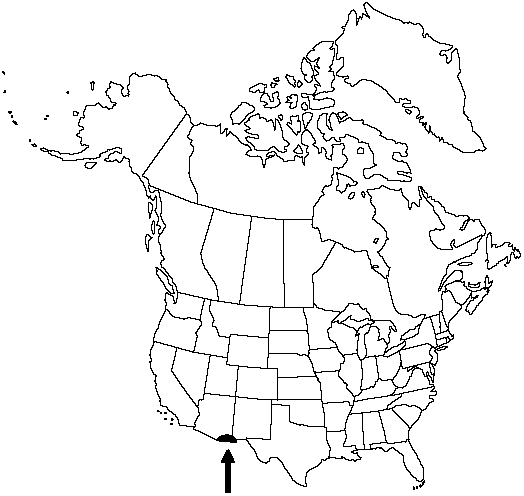Difference between revisions of "Pinus engelmannii"
3: 227. 1854.
FNA>Volume Importer |
FNA>Volume Importer |
||
| Line 10: | Line 10: | ||
|name=Pinus macrophylla | |name=Pinus macrophylla | ||
|authority=Engelmann | |authority=Engelmann | ||
| + | |rank=species | ||
|publication_title=in Wislizenus | |publication_title=in Wislizenus | ||
|publication_place=1848, | |publication_place=1848, | ||
| Line 16: | Line 17: | ||
|name=Pinus apacheca | |name=Pinus apacheca | ||
|authority=Lemmon | |authority=Lemmon | ||
| + | |rank=species | ||
}} {{Treatment/ID/Synonym | }} {{Treatment/ID/Synonym | ||
|name=Pinus latifolia | |name=Pinus latifolia | ||
|authority=Sargent | |authority=Sargent | ||
| + | |rank=species | ||
}} | }} | ||
|hierarchy=Pinaceae;Pinus;Pinus engelmannii | |hierarchy=Pinaceae;Pinus;Pinus engelmannii | ||
| Line 42: | Line 45: | ||
-->{{#Taxon: | -->{{#Taxon: | ||
name=Pinus engelmannii | name=Pinus engelmannii | ||
| − | |||
|authority=Carrière | |authority=Carrière | ||
|rank=species | |rank=species | ||
| Line 56: | Line 58: | ||
|publication year=1854 | |publication year=1854 | ||
|special status= | |special status= | ||
| − | |source xml=https://jpend@bitbucket.org/aafc-mbb/fna-data-curation.git/src/ | + | |source xml=https://jpend@bitbucket.org/aafc-mbb/fna-data-curation.git/src/eaa6e58056e40c9ef614d8f47aea294977a1a5e9/coarse_grained_fna_xml/V2/V2_789.xml |
|genus=Pinus | |genus=Pinus | ||
|species=Pinus engelmannii | |species=Pinus engelmannii | ||
Revision as of 19:50, 16 December 2019
Trees to 35m; trunk to 0.6m diam., straight; crown irregularly rounded, rather thin. Bark dark brown, at maturity deeply furrowed, ridges becoming yellowish, of narrow, elongate, scaly plates. Branches straight to ascending; twigs stout (1–2cm thick), pale gray-brown, aging darker brown, rough. Buds ovoid-conic, to 2cm, resinous; scale margins pale fringed. Leaves 3(–5) per fascicle, spreading-ascending, often drooping, forming a brush at twig tips, persisting 2 years, (20–)25–45cm × 2mm, dull green, all surfaces with fine stomatal lines, margins coarsely serrulate, apex conic-subulate; sheath 3–4cm, base persistent. Pollen cones cylindric, ca. 25mm, yellow to yellow-brown. Seed cones maturing in 2 years and shedding seeds soon thereafter, not persistent, terminal, sometimes curved, often asymmetric, lance-ovoid before opening, ovoid when open, 11–14cm, light dull brown, nearly sessile or short-stalked; apophyses rhombic, somewhat to quite elongate, strongly raised toward outer cone base, sometimes curved, strongly cross-keeled, narrowed to thick, curved, broadly triangular-based umbo, this often producing outcurved claw. Seeds obovoid; body ca. 8–9mm, dark brown; wing to 20mm. 2n =24.
Habitat: High and dry mountain ranges, valleys, and plateaus
Elevation: 1500–2500m
Distribution

Ariz., N.Mex., Mexico.
Discussion
In general appearance Pinus engelmannii much resembles P. palustris with its short-persistent, long leaves (but in this species drooping) and in its tendency to form a grass stage. It has a deep taproot as do P. palustris and P. ponderosa.
Selected References
None.